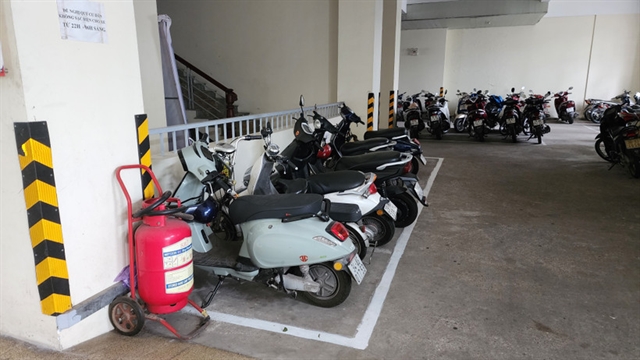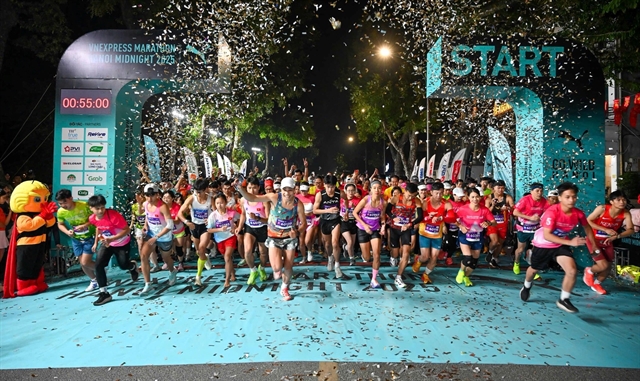 Society
Society


|
| A section of Trần Quốc Nghiễn Road located by the sea in Hạ Long City. Its investment is sourced from Hạ Long Bay’s entrance fee collection. The road is open to traffic in May 2020. — VNA/VNS Photo Thống Nhất |
HẠ LONG — More than VNĐ2.5 trillion (US$108.7 million) sourced from the State budget, private donors and Hạ Long Bay’s entrance fees will be invested this year in building 57 new pieces of infrastructure in the northern coastal city of Hạ Long.
From 2016, local authorities have been granted management of 100 per cent of the collection from Hạ Long Bay’s entrance fees (minus a certain percentage contributed to the State budget and maintaining operation of the bay’s management board). The collection is supposed to be invested in infrastructure on the mainland and in the bay.
This is an important policy of the provincial Party’s Standing Committee and People's Council of Quảng Ninh Province to mobilise focused resources for the city’s infrastructure, especially transport and tourism projects, creating a driving force for the city’s breakthroughs.
It aims to turn Hạ Long into an international tourism and service centre with synchronised, modern socio-economic infrastructure and creates an impetus for the city to become a central-level city by 2030.
Along with the development target, Hạ Long looks to preserve values of the World Heritage Site Hạ Long Bay.
During the 2016-19 period, Hạ Long City allocated nearly VNĐ3 trillion ($130,500) from Hạ Long Bay’s entrance fees to renovate and construct new infrastructure.
A number of major projects have been constructed in this period using Hạ Long Bay’s entrance fees like Trần Quốc Nghiễn Road, road surface extension and renovation on main streets, pavement renovation for pedestrian zones, upgrading water drainage systems and replacing street lights with energy-saving systems.
According to local authorities, the collection from tourism sites’ entrance fees have decreased in the first half of this year due to COVID-19, affecting construction progress of infrastructure projects.
After the pandemic, the city’s authorities are accelerating public investment disbursement to meet the projects’ deadlines. — VNS




